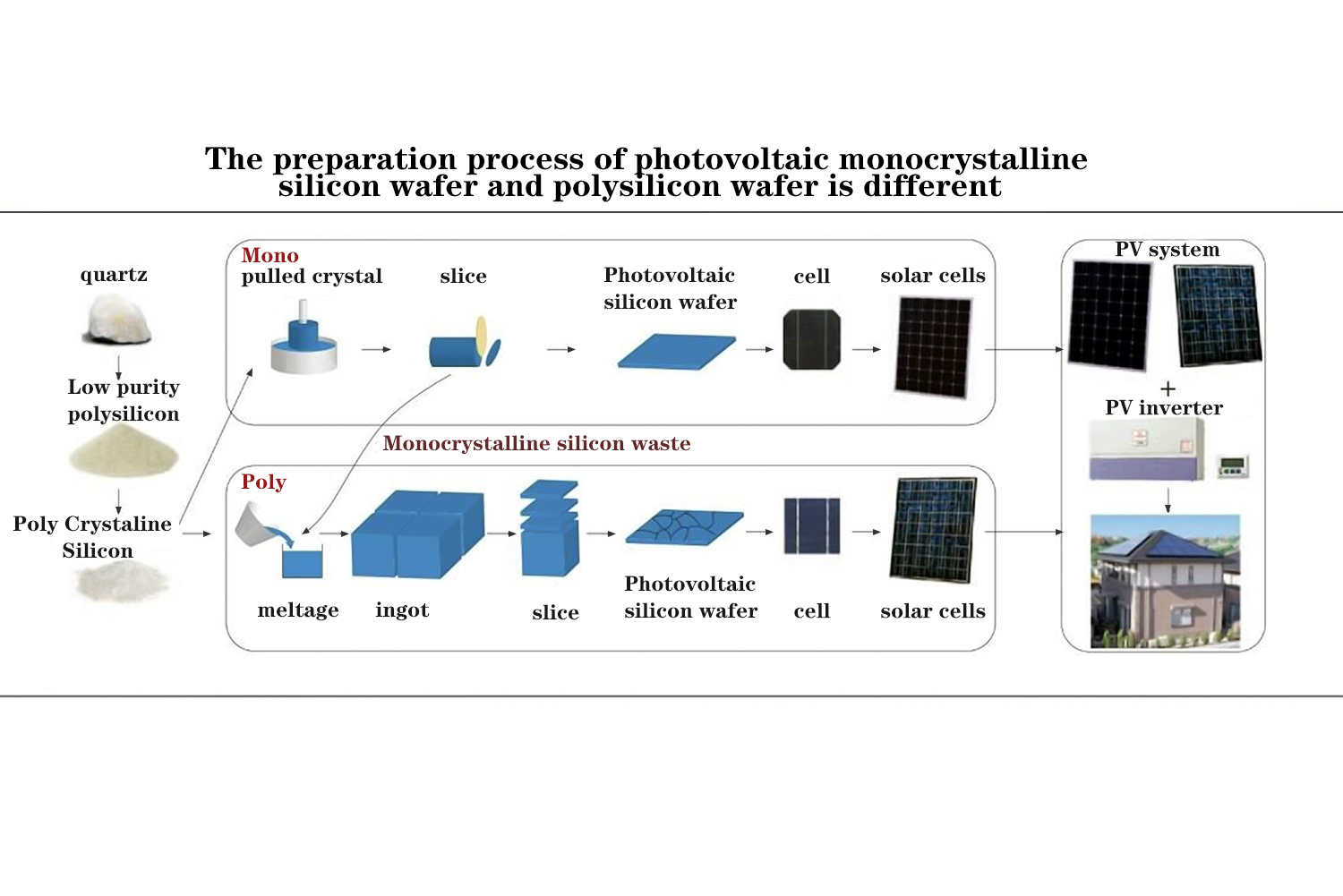
One of the many points to consider when installing a solar panel system is what kind of solar panel to choose.
At present, the solar panels used in residential solar systems on the market can be roughly divided into three categories: monocrystalline solar panel, poly solar panels and thin film solar panels. Each type has its own characteristics that make it suitable for different solar projects, but we’ll focus on the first two here.
Monocrystalline solar panels are the most commonly used in rooftop solar installations at present. One of the reasons why people tend to choose mono solar panels is their appearance. The solar cells inside the panels are single black, which is very popular.
Of all types of solar panels, monocrystalline solar panels generally have the highest efficiency and power capacity, with efficiencies ranging from 17% to 22%. Because it’s made of monocrystalline silicon, electrons are more likely to flow through the cell, making PV cells more efficient than other types of solar panels.
Monocrystalline silicon panels end up costing more than other types of solar panels because of the way they are made.
Polysilicon panels, which are popular among homeowners looking to save money, are cheaper to produce than monocrystal panels.
The multiple silicon crystals in each solar cell make it difficult for electrons to flow. This crystal structure makes poly panels less efficient than mono panels, with efficiency ratings typically between 15% and 17%. But advances in technology have made today’s polys panels much more efficient than in the past.
In most cases, it makes sense to install a monocrystalline solar panel. Although the cost is higher, better efficiency can be obtained, as well as a more fashionable appearance than poly solar panels.